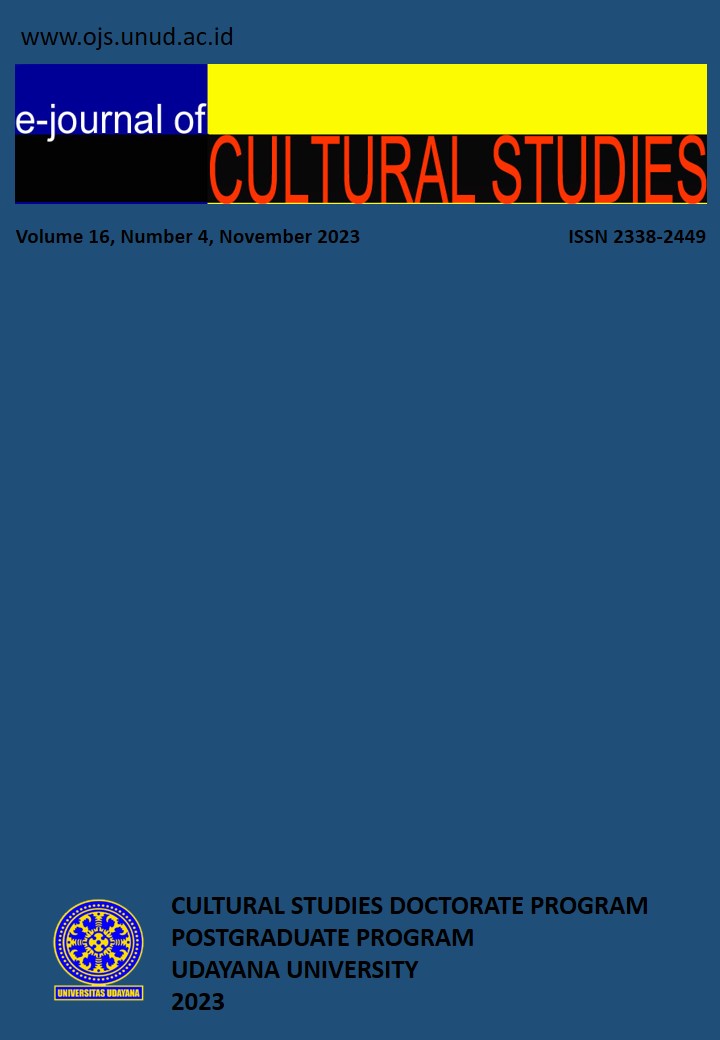CULTURAL PROCESSIONS IN THE CENTRAL HIMALAYA: HISTORICAL AND SPIRITUAL SIGNIFICANCE
Abstract
Cultural processions in the Central Himalaya are centuries-old practices. These are celebrated in the entire region and all seasons. Further, these processions are well-integrated with nature, places, culture, and society. This paper examines the cultural processions and their historical and spiritual significance in the Central Himalaya. The cultural processions take place when the idols of folk deities both male and female, including Dolies and Nishans, are carried by the devotees from their abodes to other cultural places. The priests, devotees, and a large number of people follow the processions. The Dolies and Nishans are decorated with colourful clothes and ornaments. Musical instruments such as Dhol, Damau, and Bhankore (Ransingha) are played. The devotees sing Jagars (folk songs) and dance. During the processions, all people wear colourful dresses. They walk barefoot about 10-12 kilometers in a day. The time of the profession varies from one day to six months, depending upon the existing culture. The route of the procession is pre-decided. Every day, the procession stays in the next village, which falls on the route and it continues till the procession ends. These processions have high historical importance and lead to spiritual attainment.
Keywords: Cultural procession; Pilgrimage; Festival; Jagars; Central Himalaya







